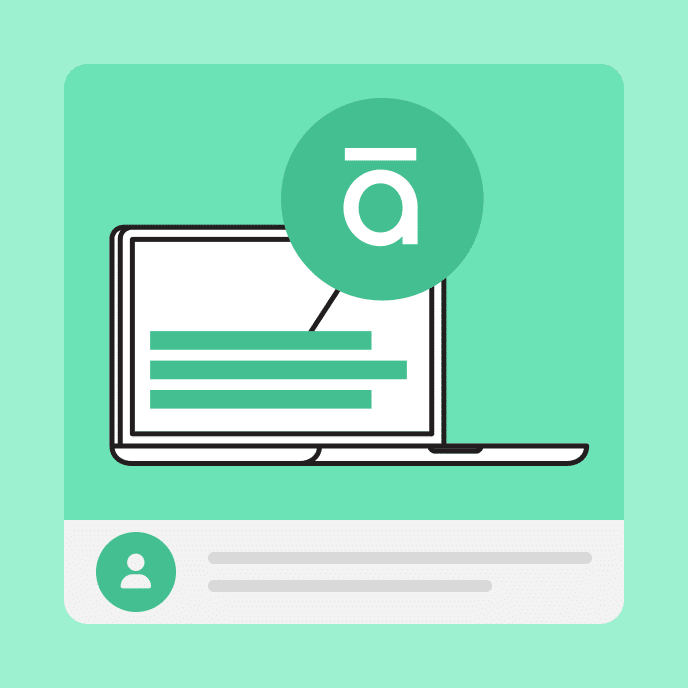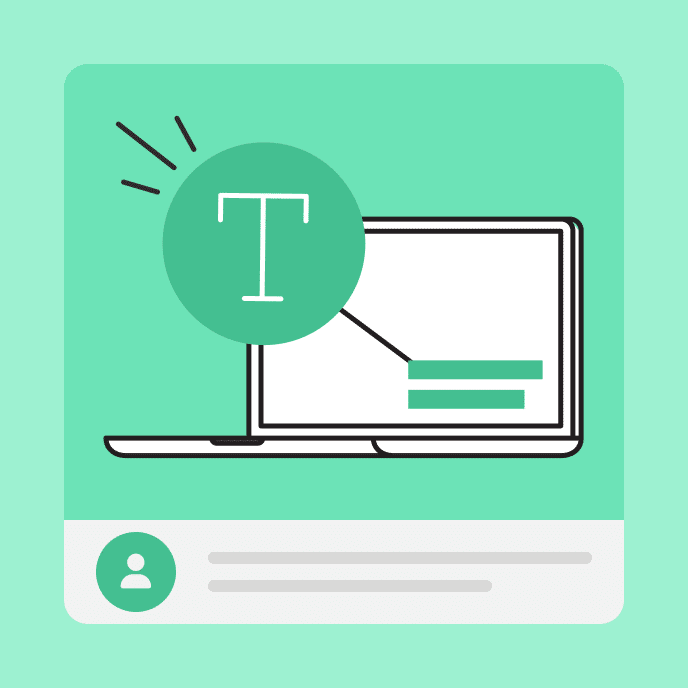How to Upgrade Your E-Learning Localization Without Disruption
Switching e-learning translation or localization tools? This guide helps you manage change and upgrade with confidence.

Discover how to plan, communicate, and roll out new localization tools effectively
Today’s workforce is global—and your training should be, too. With nearly one-third of employees working in a second language, multilingual training is essential for learning comprehension, equity, and compliance.
If you’re struggling to keep up, you’re not alone. One-third of companies still under-translate or don’t translate training at all. Often, the problem isn’t effort but outdated systems that weren’t built for scalable, efficient translations. Even when better localization solutions exist, the fear of disruption can keep teams tethered to tools that no longer serve them.
Here’s the good news: upgrading your e-learning localization tech stack doesn’t have to be painful. With smart planning, intuitive tools, and thoughtful change management, you can make a smooth transition.
Below are six practical change management tips for switching e-learning localization solutions effectively.
Key Takeaways
- Change can feel disruptive, but avoiding it often leads to greater long-term costs.
- People need motivation, clarity, and support to adopt a new localization process—not just a product.
- The right tool should make translation and localization intuitive, efficient, and stress-free.
6 change management tips to switch localization solutions effectively
1. Involve the right people early
Change lands better when the people impacted feel heard and included.
Instead of announcing decisions after they’re made, bring in the people who will use the new system during the planning phase. Ask for their input. Listen to their pain points. Let them join product demos or test solutions if possible.
This not only builds buy-in, it also helps you identify and solve potential roadblocks early.
Questions to answer:
- Who is currently involved in localization—both internally and externally?
- What concerns do they have about adopting a new process?
- How can we engage language reviewers and content creators early?
2. Communicate the “why” behind the change
You’re not just switching tools—you’re asking people to change habits. And that’s hard, even if the new solution is clearly better.
Before asking anyone to adapt, clarify the benefits. What specific problems will this new solution solve? How will it make daily work faster, easier, or less frustrating?
Whether it’s shortening turnaround times, simplifying file management, or reducing translation errors, your team needs a reason to care. Show exactly how tasks will improve with the new system, and anchor your messaging in the pain points employees already feel.
For example: If you’re considering switching to Articulate Localization, the following resources can help you communicate its value to stakeholders:
- This article highlights how Articulate Localization results in faster translations, better review processes, and integrated, simplified workflows.
- This process comparison shows how Articulate Localization reduces the number of steps involved in localizing online courses compared to a Language Service Provider (LSP) or Translation Management System (TMS).
3. Show how the new localization process will work
Ambiguity makes change seem harder than it is. Take the time to map your new e-learning localization process step-by-step.
A clear process map or simple checklist helps teams quickly grasp new workflows—and understand what’s actually changing versus what’s staying the same.
For example: Here are a few resources we provide customers preparing to trial Articulate Localization:
- This checklist breaks down each step of our localization process, including key actions and roles involved.
- This FAQs article provides additional information on account management, authoring and support, security, and more.
4. Reinforce live onboarding sessions with quick, on-demand tutorials
Don’t rely on a single onboarding session to teach a new process or system. People learn and retain information best when they can revisit resources at their own pace—especially when juggling deadlines.
Support live training sessions with short, on-demand resources like:
- Tutorial videos or GIFs
- Searchable FAQs
- Written step-by-step summary guides
For example:
- This recorded video demo—perfect for a quick refresher—walks through how to import, translate, and export online learning content using Articulate Localization.
- This Articulate Localization user guide contains additional step-by-step tutorials to help you create, collaborate on, and distribute multi-language courses in Rise and Storyline.
5. Start with a low-risk pilot project and ramp up from there
Rolling out a new system all at once can feel overwhelming—and risky. Instead, start with a pilot project, like a short compliance course or internal module.
This gives you a safe space to:
- Test drive the tool with real training content
- Identify gaps in your workflow or training materials
- Build confidence among stakeholders
Invite a small group of course authors and language validators to participate in the pilot. Capture their feedback, refine the process, and use their success stories to build internal momentum. Once you’ve worked out the kinks, you can confidently expand to higher-stakes or more complex courses in multiple languages.
Want to set your pilot up for success? Check out these best practices for formatting content to get better AI-powered translation results. With Articulate Localization, you can also upload a glossary to ensure specific terms and branded language are translated consistently.
6. Follow up, measure success, and iterate
Change doesn’t end at rollout. Schedule regular check-ins after implementation to gather feedback and track success. Measure outcomes like:
- Increased translation volume or speed
- Reduced review time or rounds
- Team satisfaction with the new process
Use this data to refine your workflows, improve localized training materials, and celebrate wins—so your team sees the payoff and keeps moving forward.
For example: This case study shows how Articulate Localization helped the National Head Start Association (NHSA) reduce end-to-end course translation time from months to minutes.
“Articulate Localization is so fast. In minutes, we can translate modules, and the quality is very good.” –Zuly Vazquez, Senior Manager of Online Professional Development, The Academy at the NHSA
Stay calm, and localize on
Yes, switching e-learning localization systems takes effort. But the short-term growing pains are small compared to the long-term gains in translation speed, accuracy, and simplicity.
With a thoughtful approach to change management, your team won’t just adapt to a new process—they’ll embrace it.
Want to see Articulate Localization in action? Watch a demo video and learn how fully integrated localization features make it easy to translate training for your global workforce.
You may also like

A Training Guide to Customer Onboarding
From first impressions to long-term loyalty, discover how smart onboarding creates customer experiences that actually stick.


